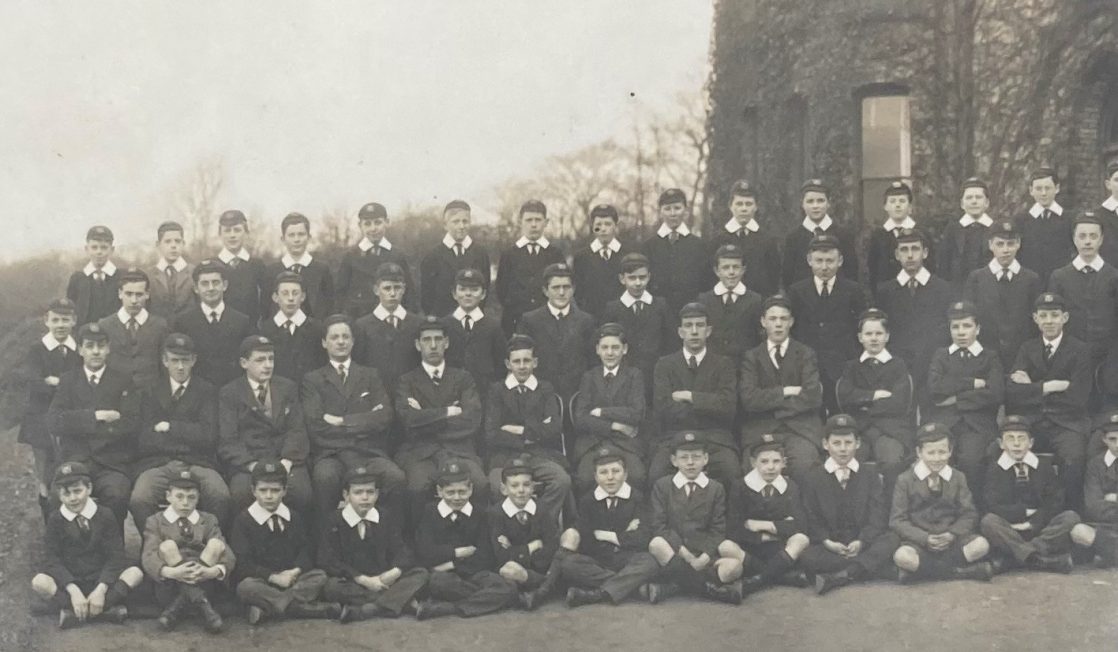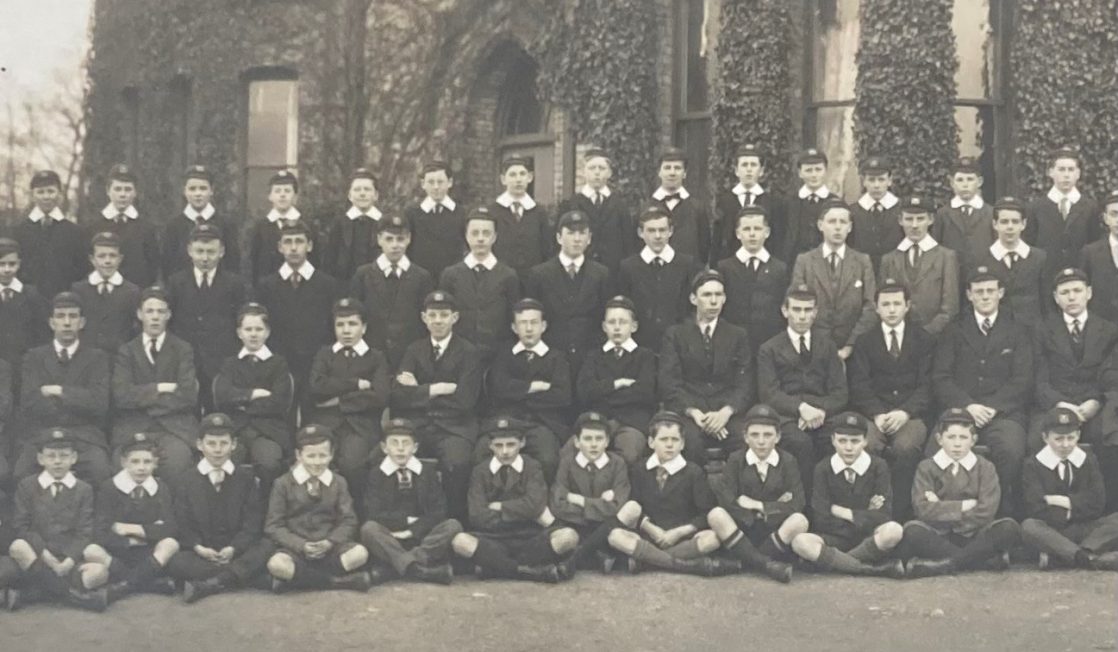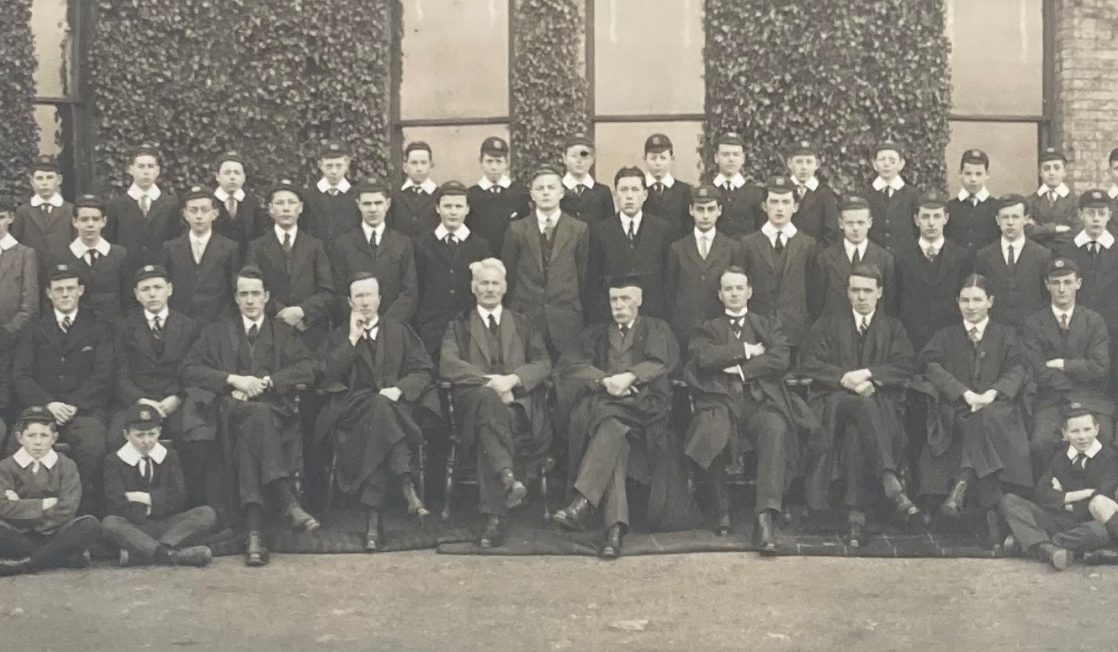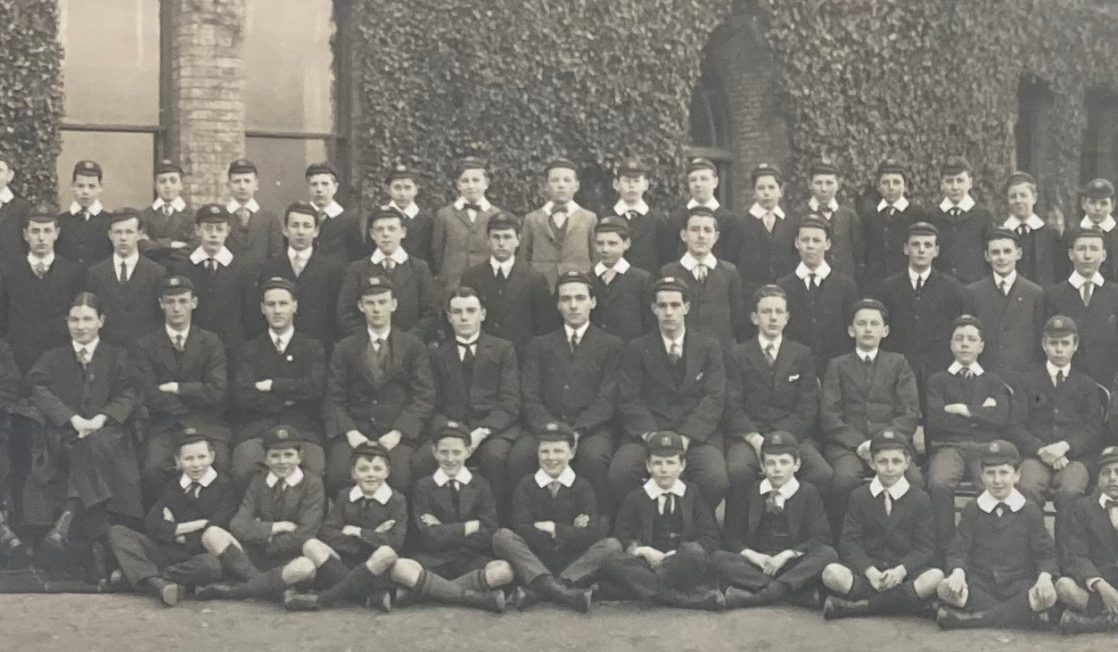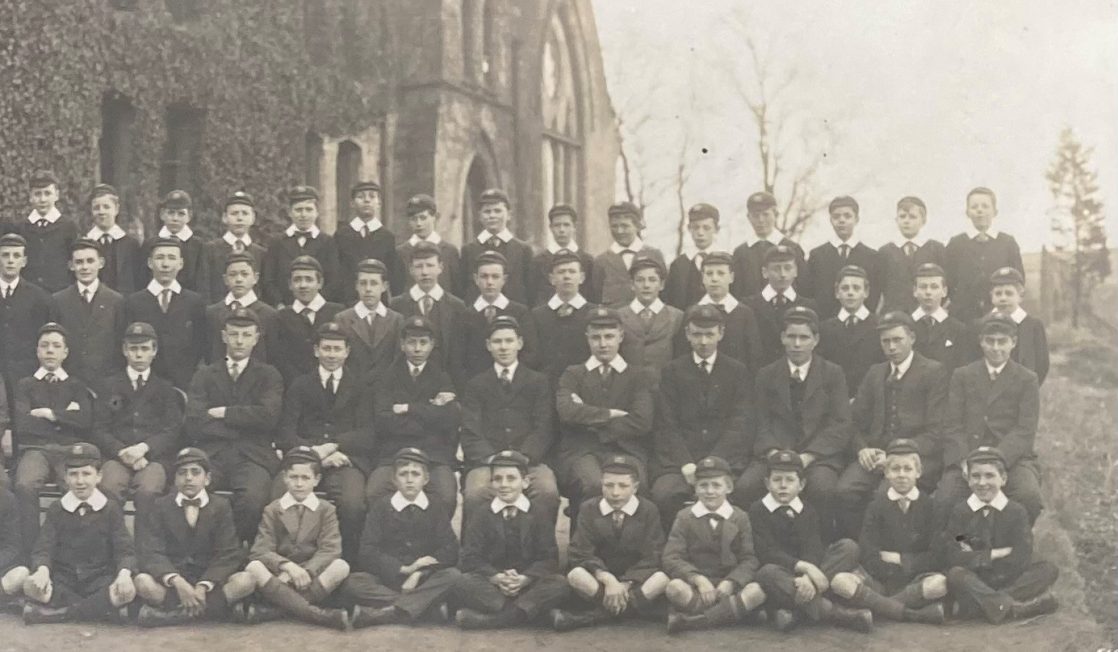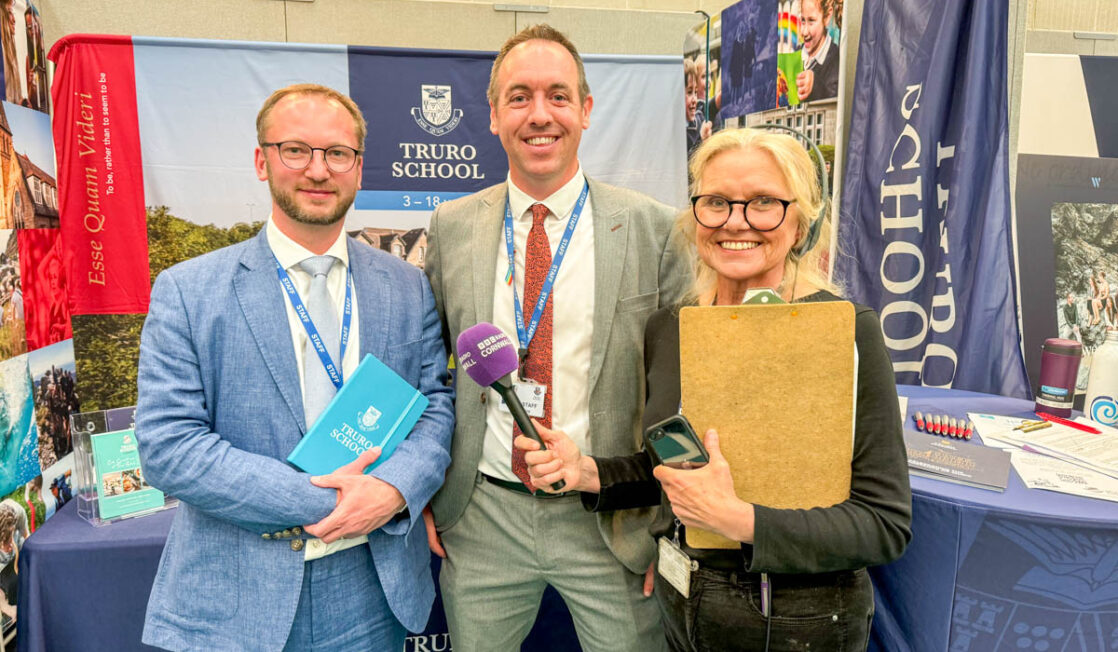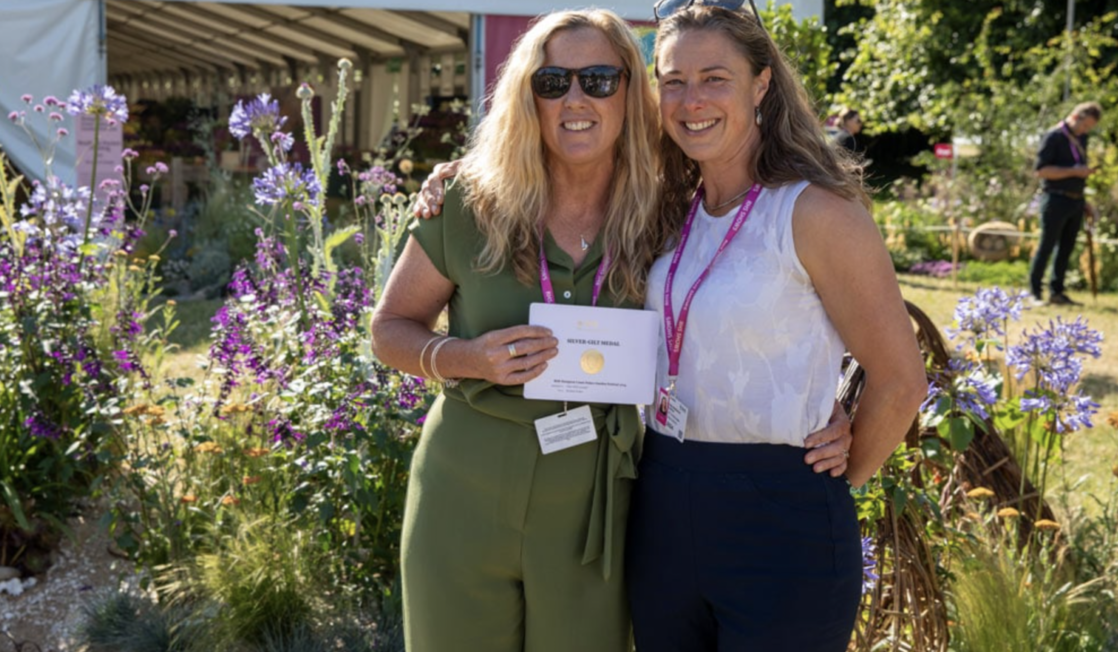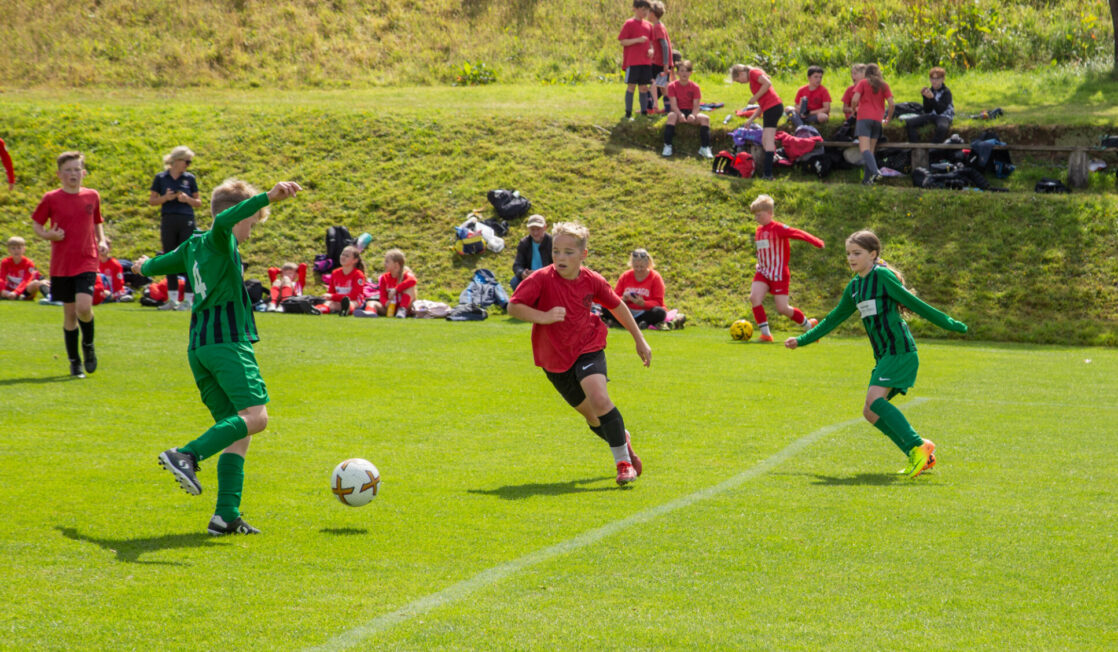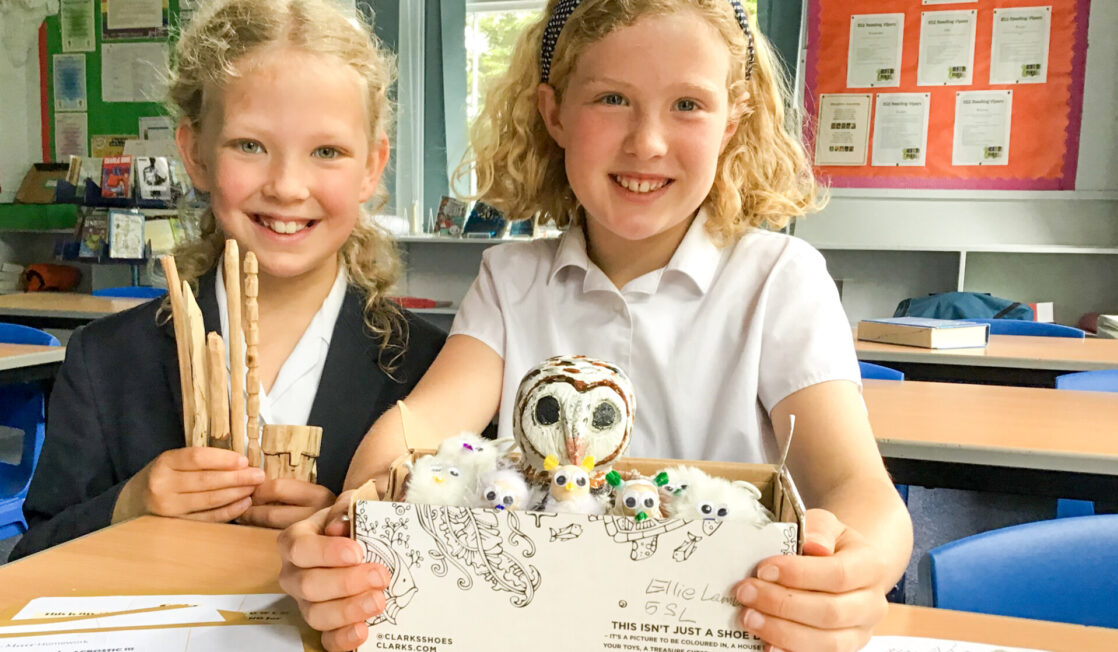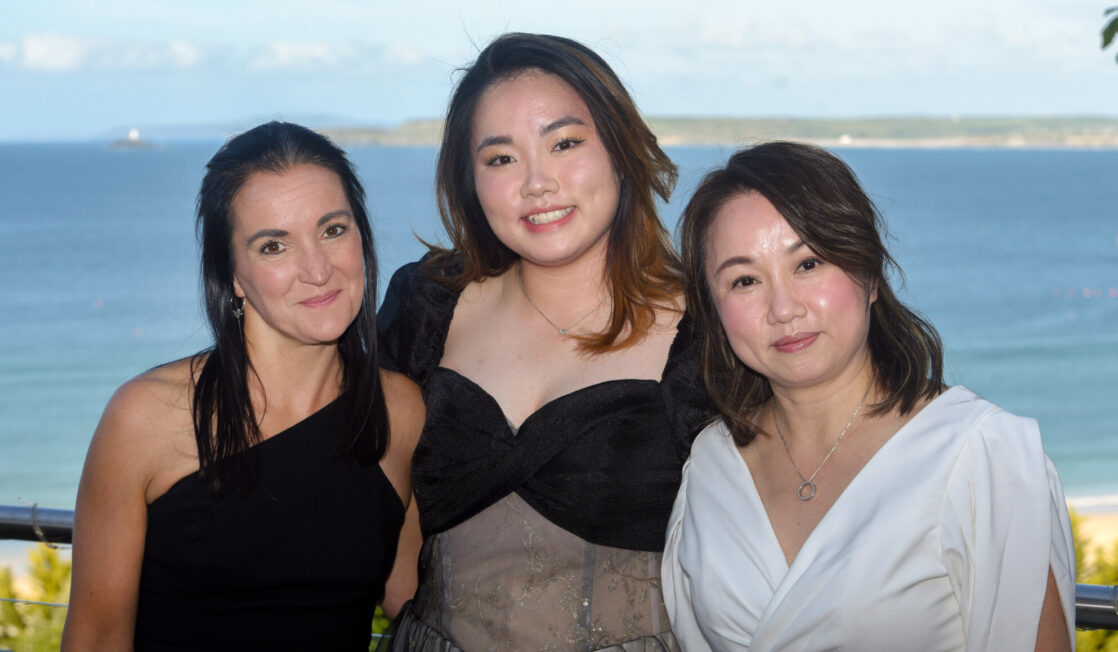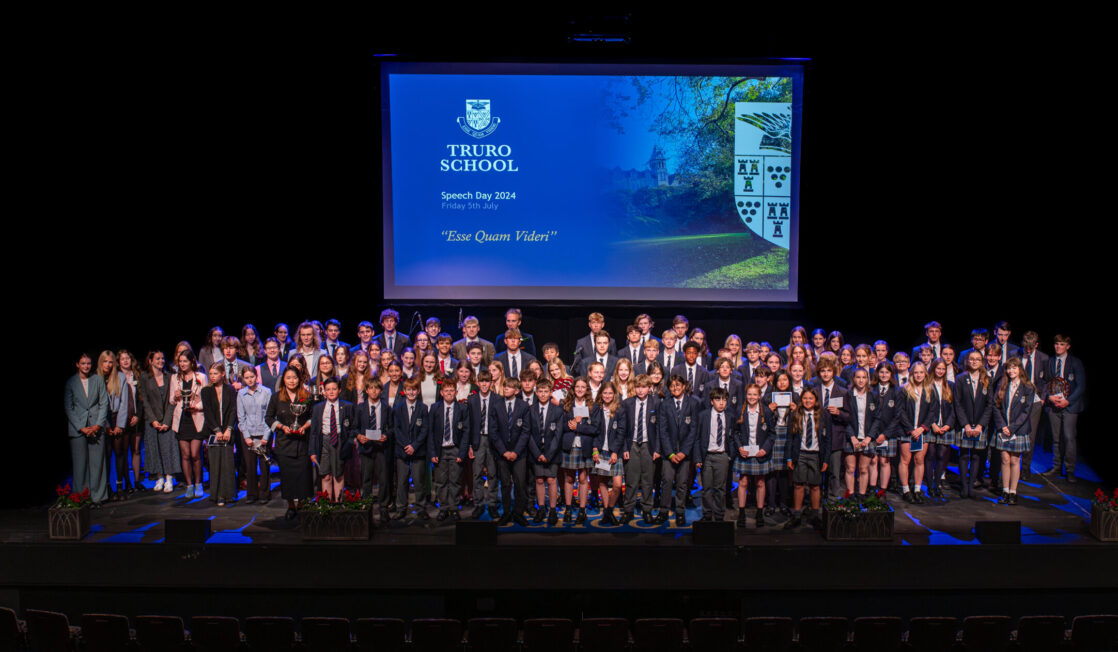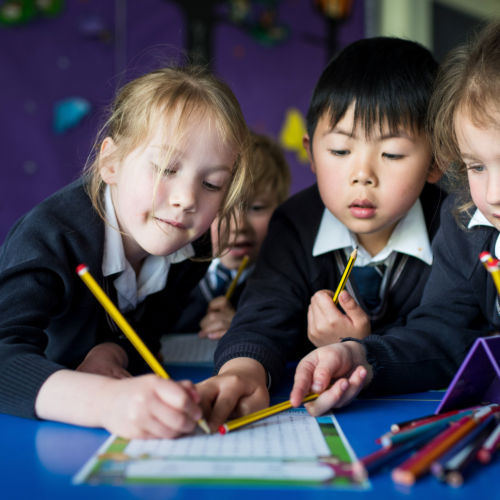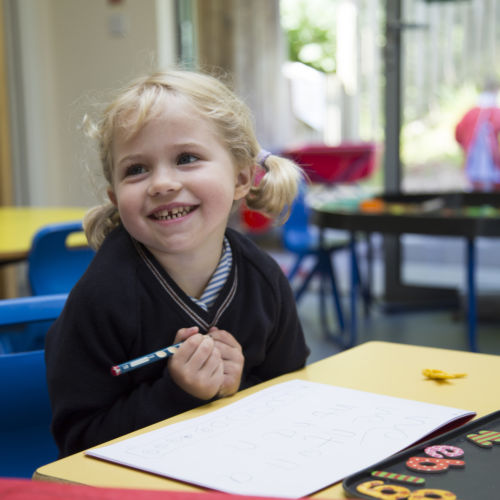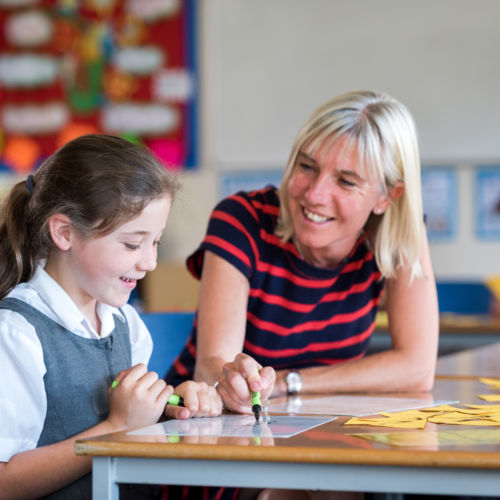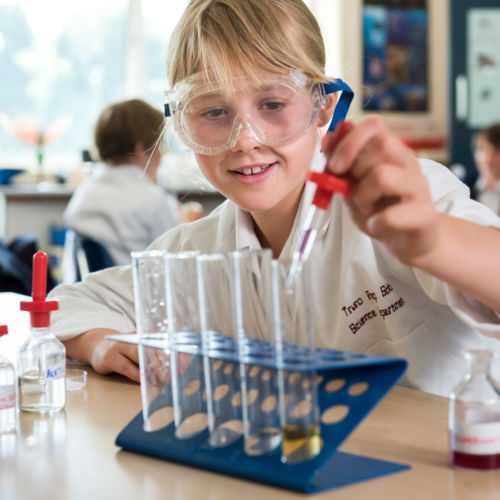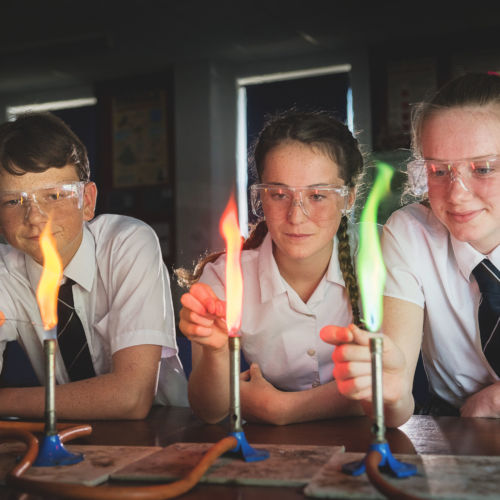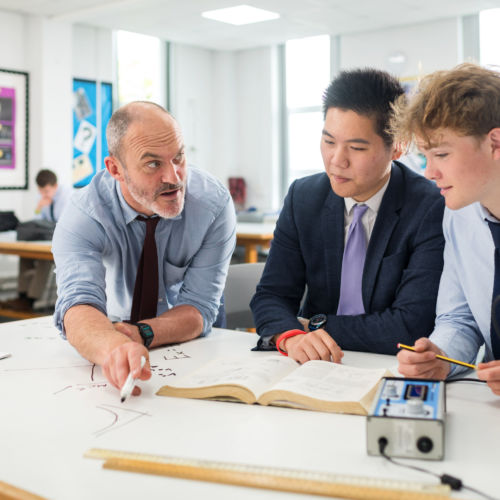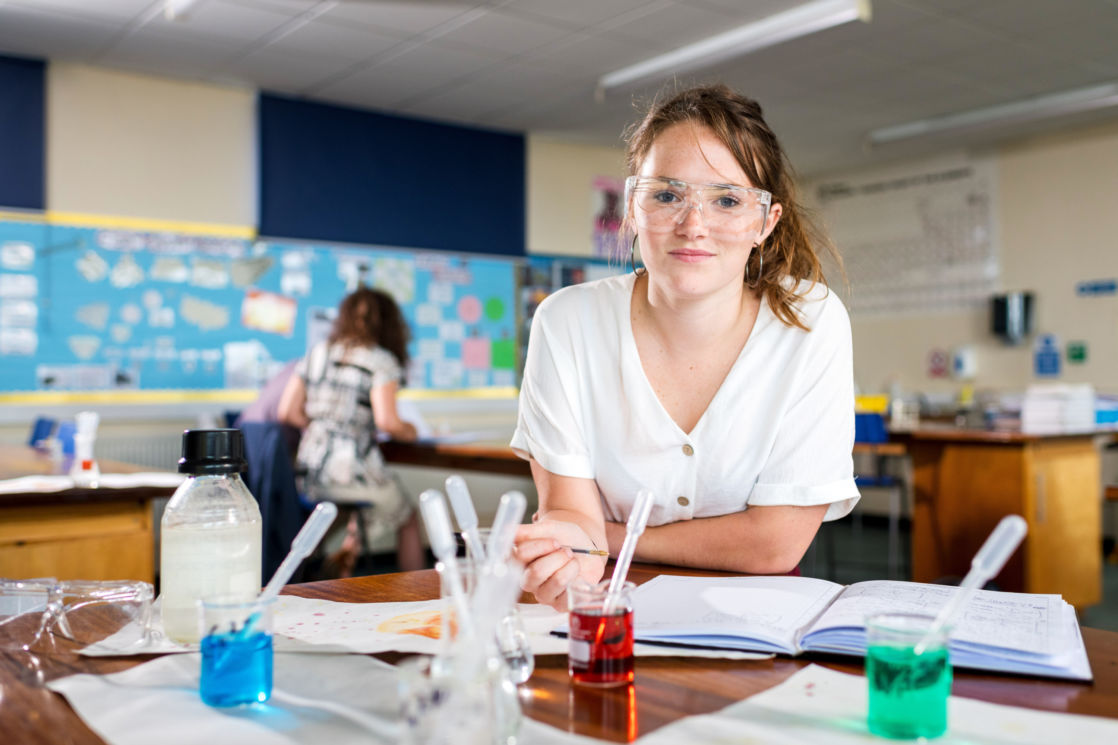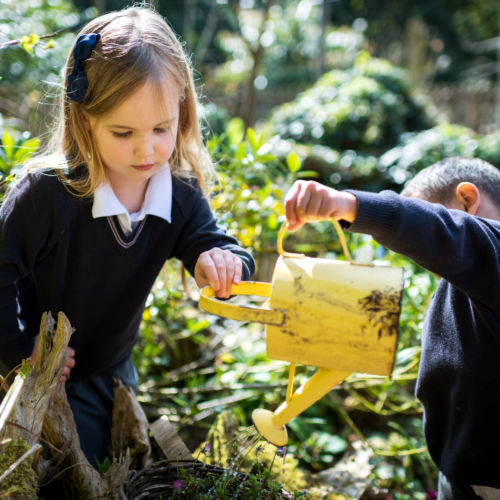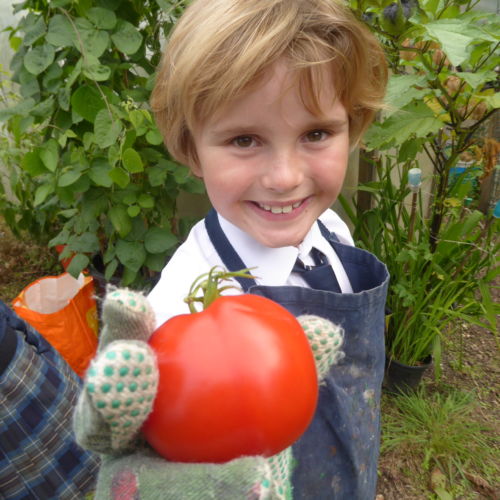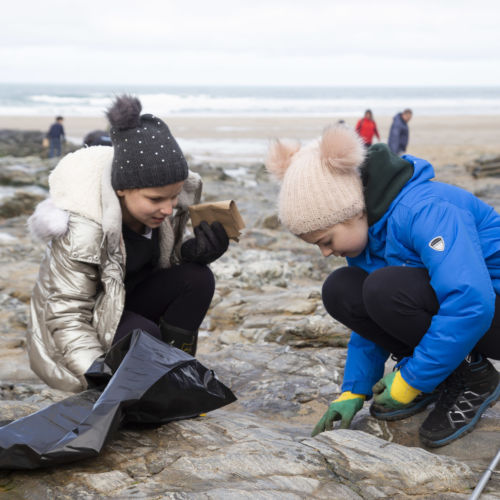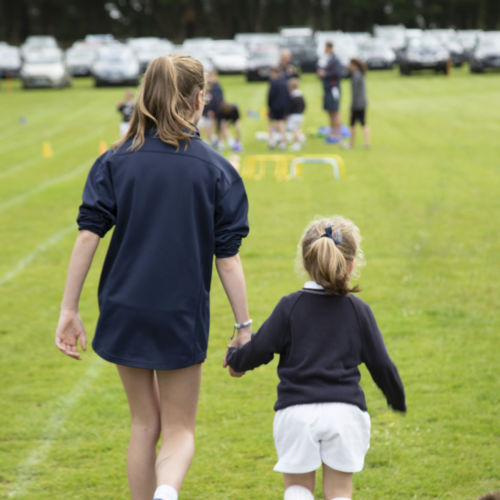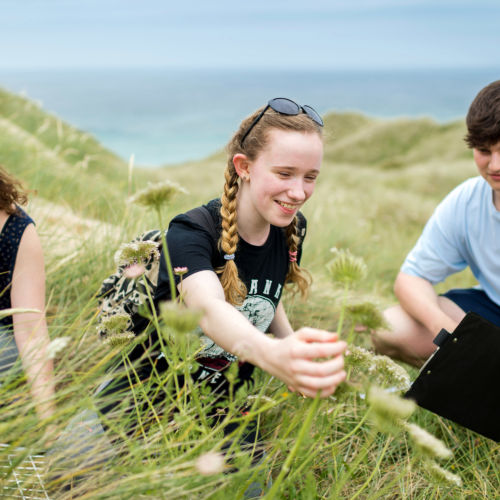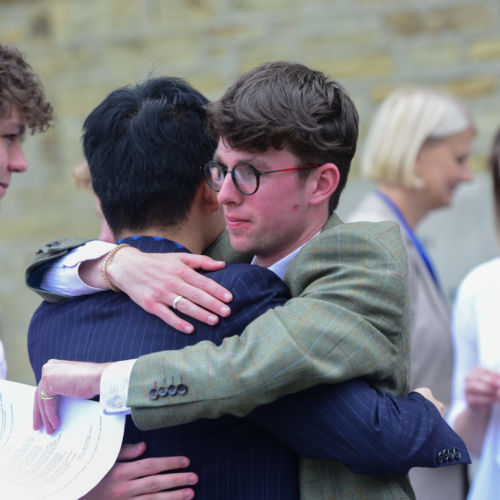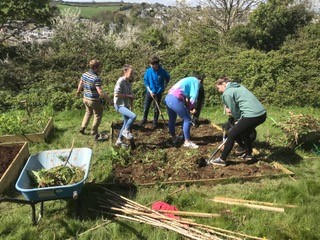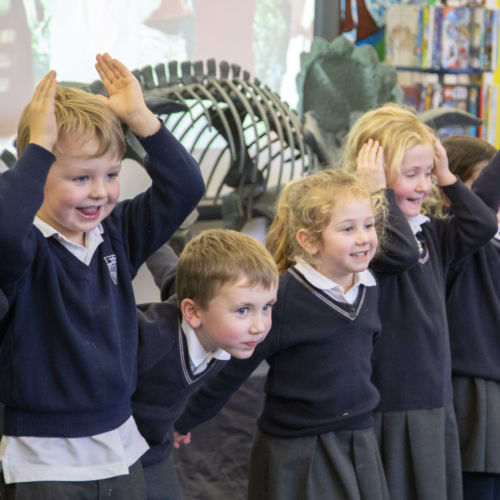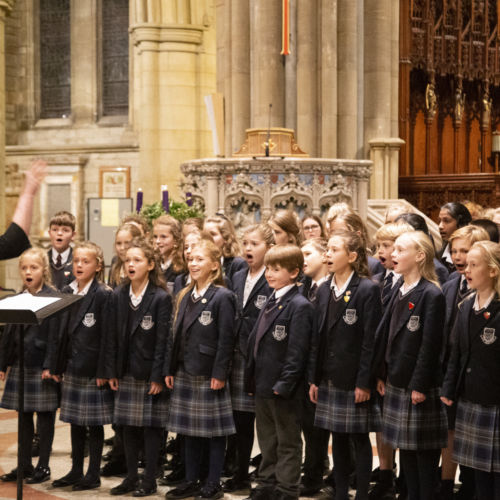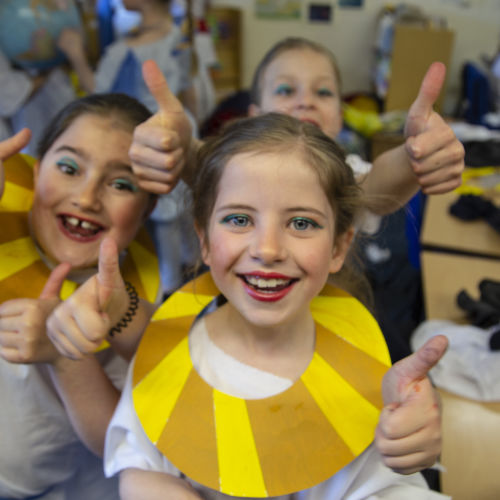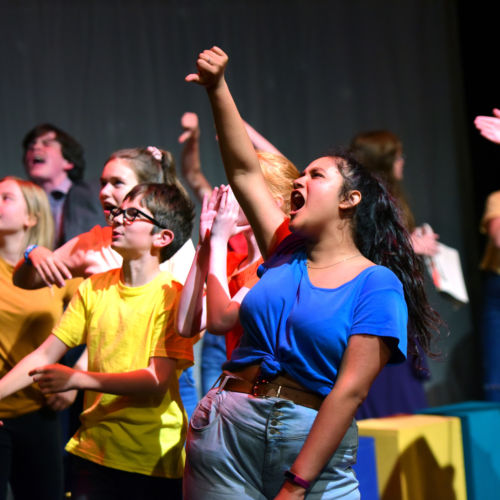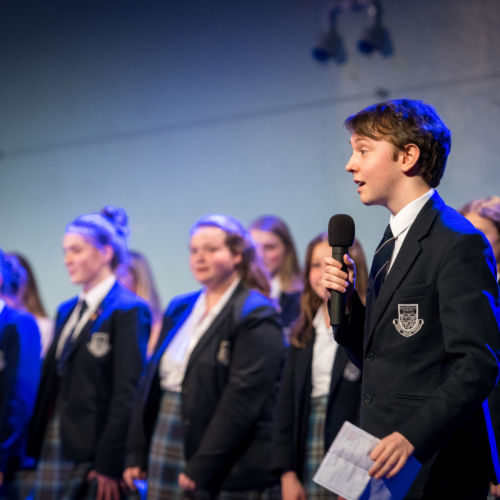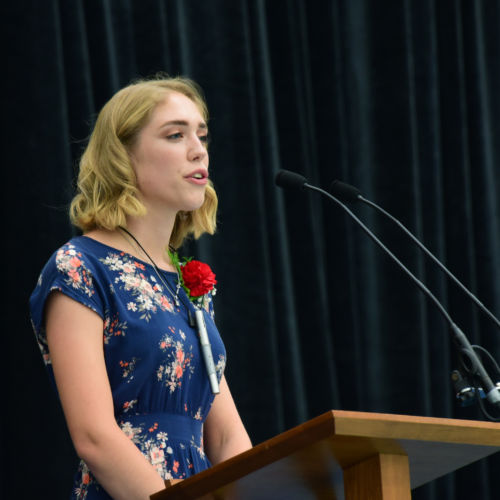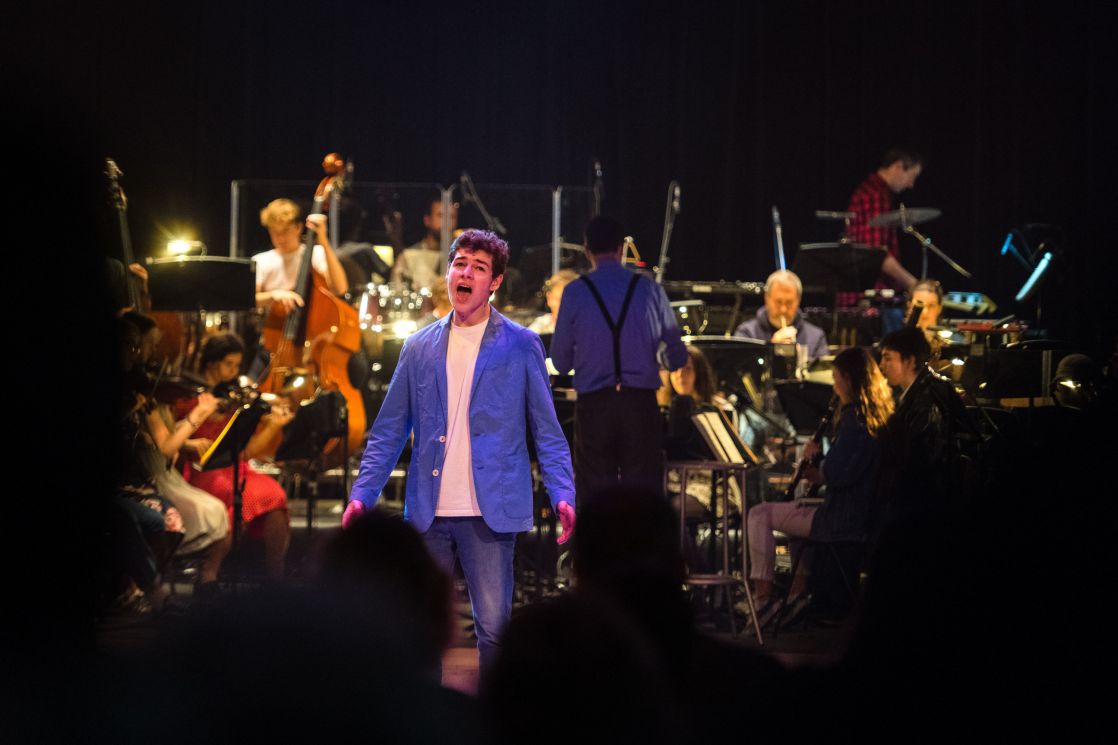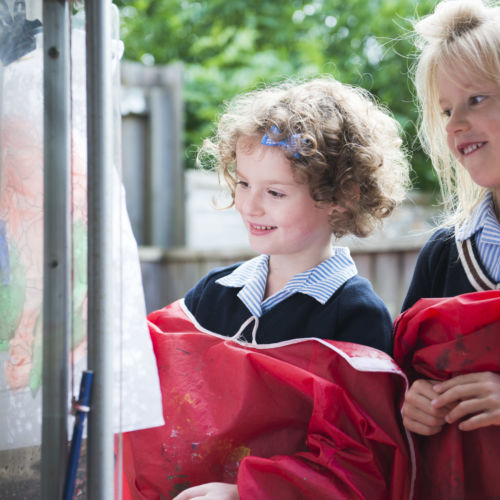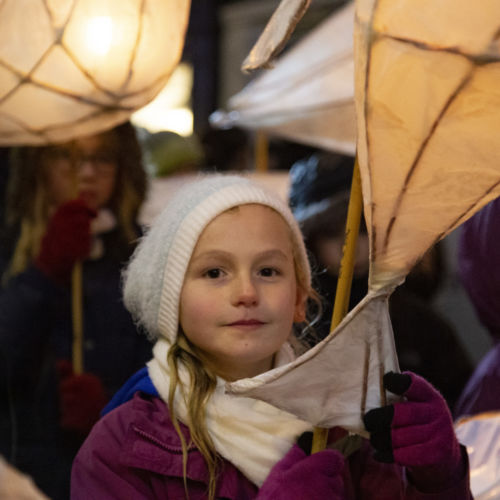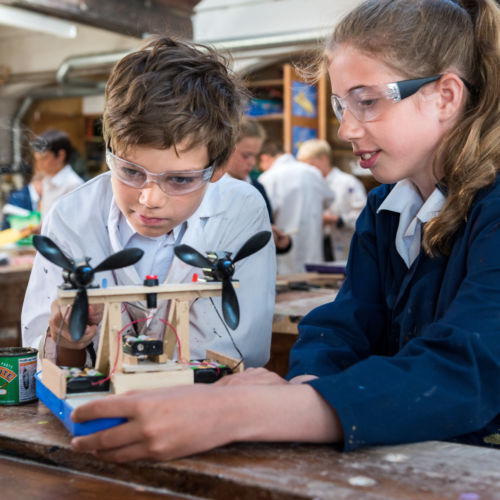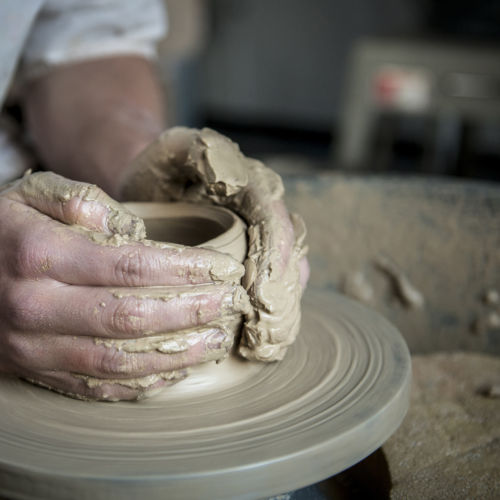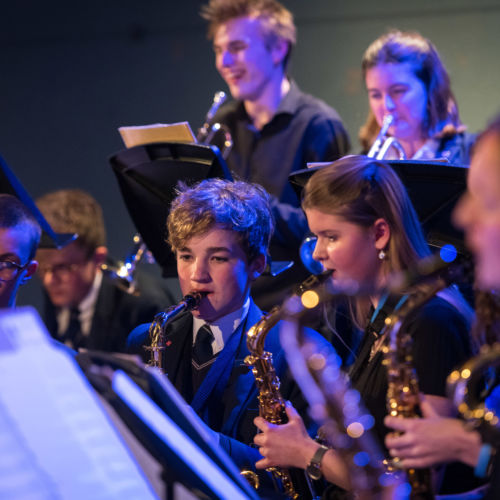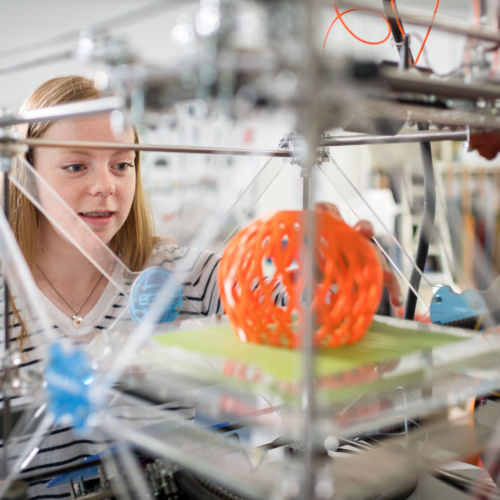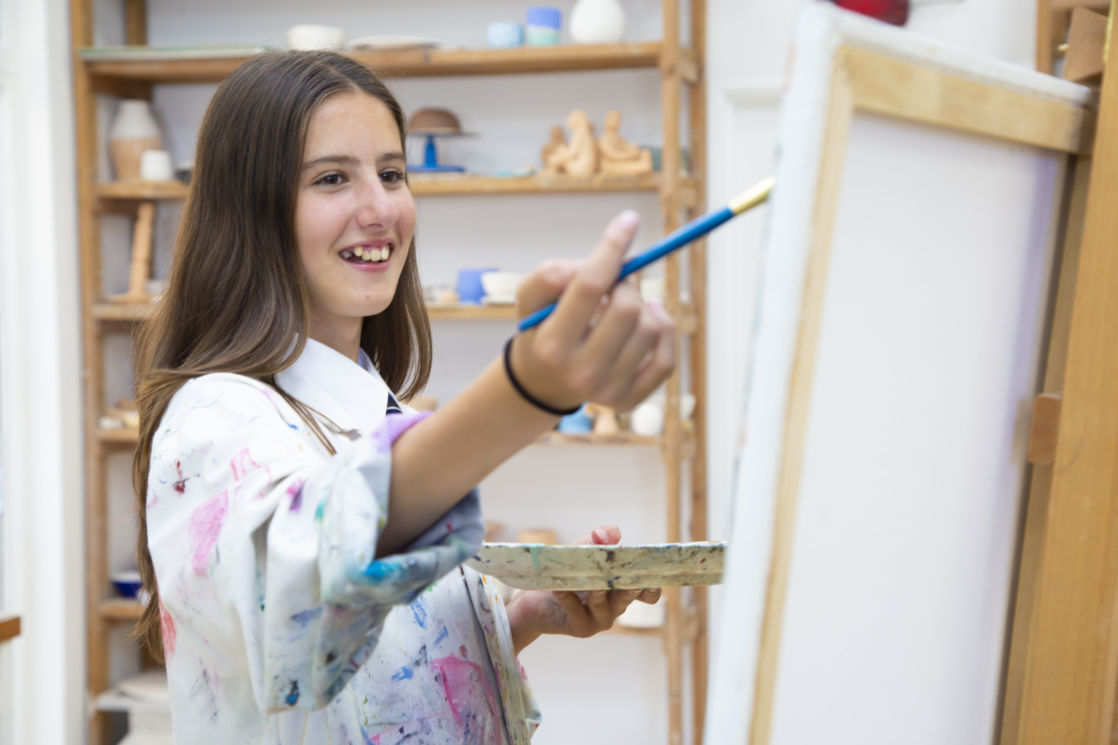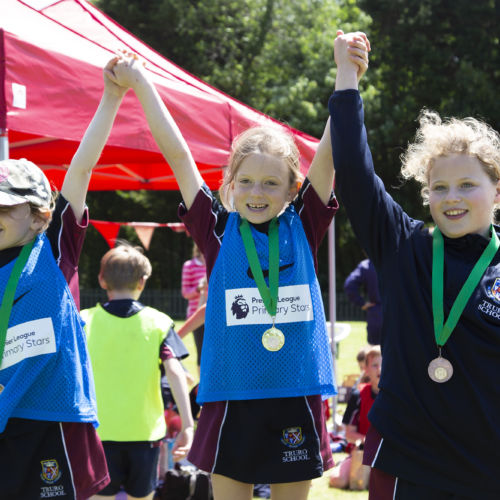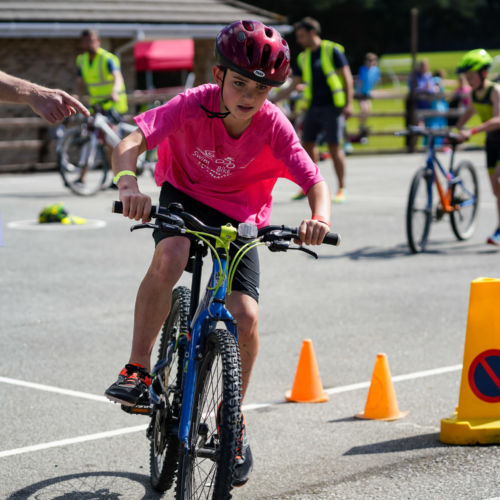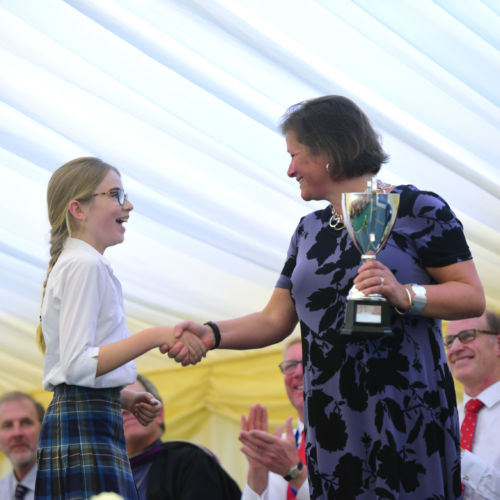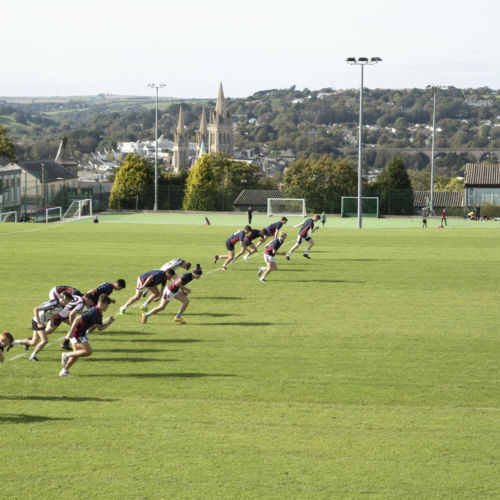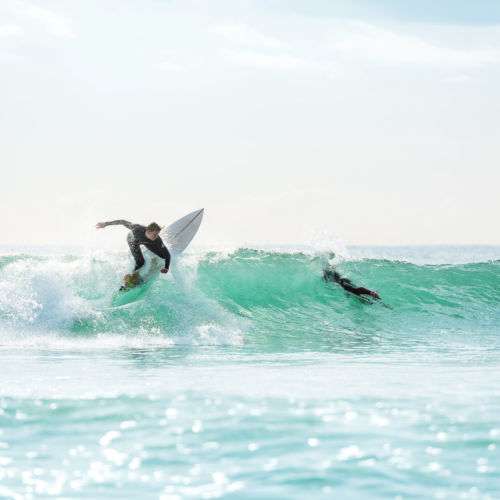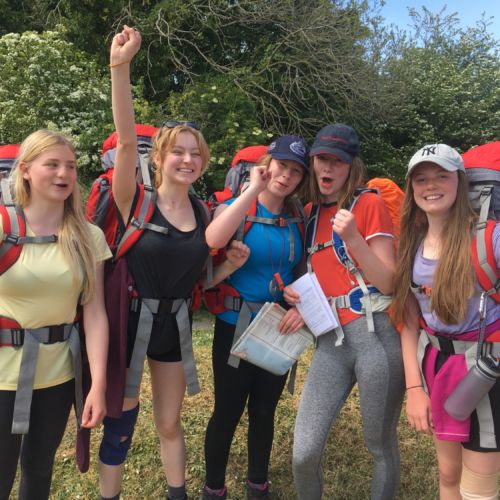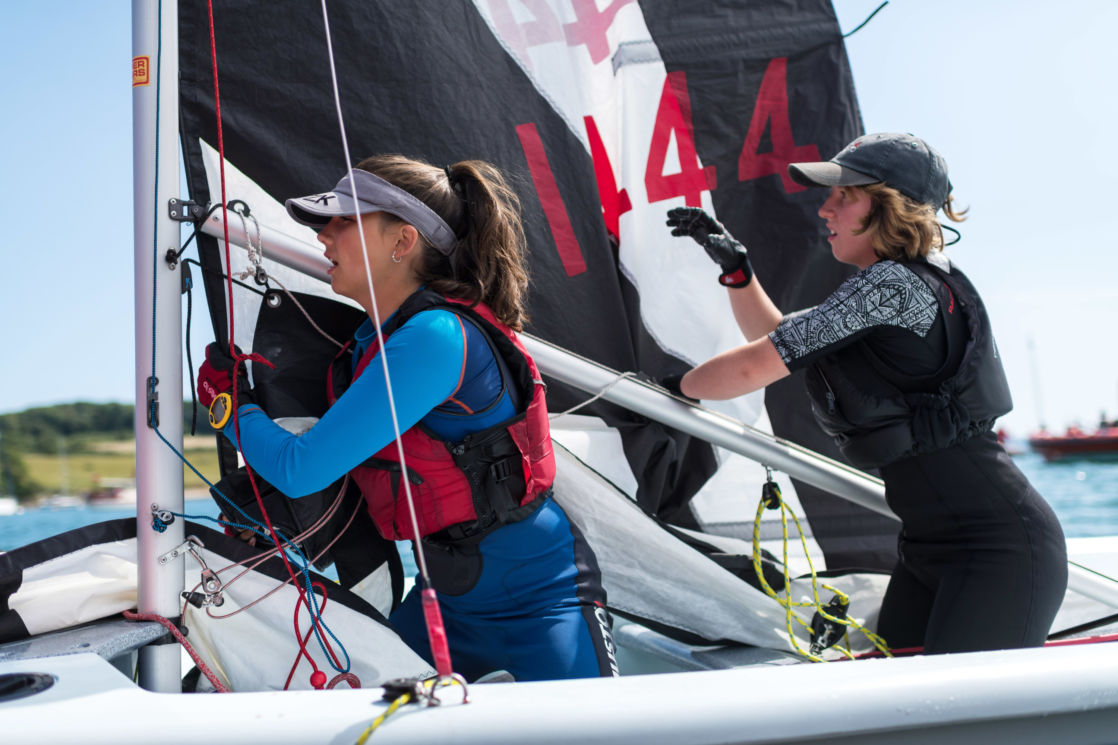Pupils
The summer term in 1921 began on 4 May and the School had a total of 187 boys on its roll, with 86 boarders and 101 day pupils. The census shows that 85 of the boarders were present at school on 19 June.
The majority of the boarders were aged between 13 and 15. There was only one 18-year-old and three 17 year olds.
The youngest four boarders recorded in the census were 9 years old; the youngest of the four had started in January 1921 at the age of 8 (he was also the youngest of the whole school).
A new feature of this census was the noting of the marriage or orphanhood status of entrants. Anyone aged 15 or over had their married status recorded (all the boarders were single). For those under 15 it was recorded if their parents were alive or not. There are six boarders whose fathers had died, but it not clear, possibly unlikely, that they died during the First World War.
The census shows that there were three sets of twins among the boarders at the time.
Just over half of the boarders were born in Cornwall. Two came from the Isles of Scilly. 27% came from across the Tamar, in England and Wales. The remaining 21% were from abroad but British-born; they came from as far away as India, South Africa, Rhodesia and British Guiana. One of the youngest, 9-year-old George Curties came with his brother from Singapore; his name sadly later appears on the School’s Second World War Memorial. From cross-referencing with school archive material, many of the fathers of these overseas pupils were involved with mining.
There were also three 19-year-olds recorded, two of whom were listed as ‘visitors’ – H.C. Ingle (TS 1912-18) a ‘Divinity student’ and F.K. Exell (TS 1916-21) a ‘Science student’ – suggesting they were continuing their studies for university entrance and were too old to be termed ‘schoolboy’. The third, Leslie Brewer (TS 1918-21) was a ‘pupil-teacher’ gaining supervised experience in the Form I classroom but given the elevated title and description of ‘assistant master’ and ‘schoolmaster’ in the census.


